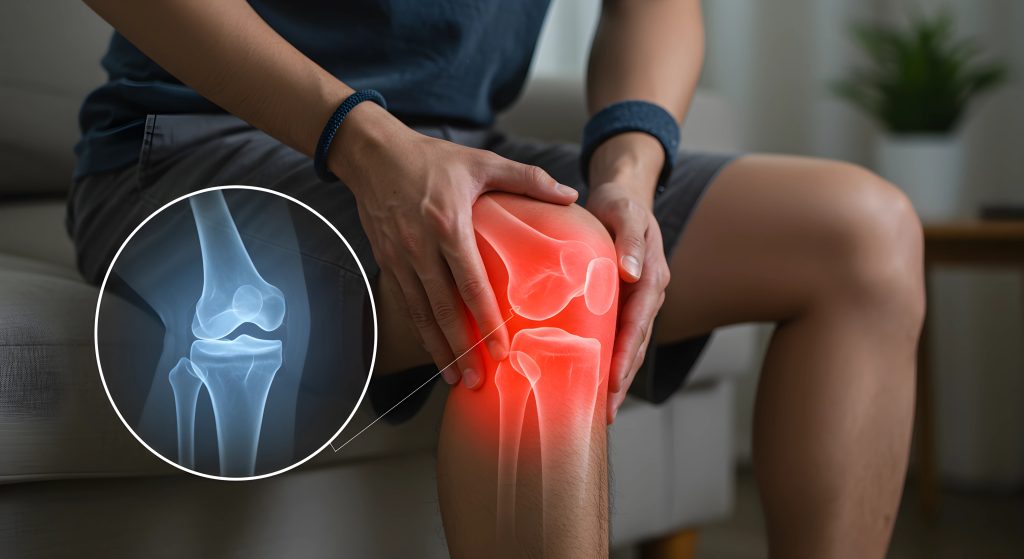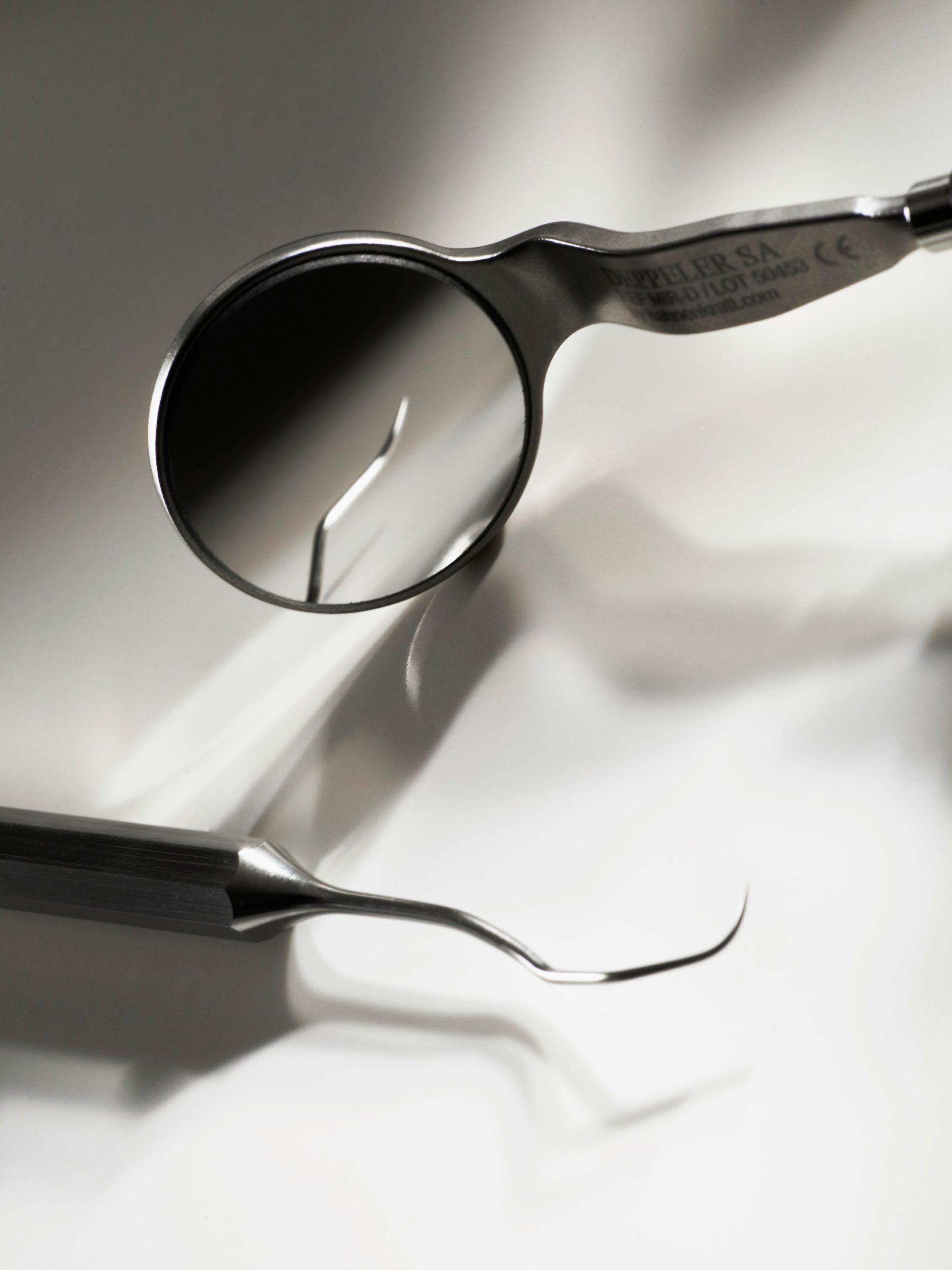Osteoarthritis Management: 5 Surprising Pain Relief Tips
Living with osteoarthritis means facing daily decisions about pain management, mobility, and maintaining an active lifestyle despite joint deterioration that seems to worsen with time. Traditional treatment approaches often focus on medication and rest, leaving many people feeling limited in their options and resigned to accepting increasing discomfort as inevitable. The search for effective relief extends beyond conventional wisdom, yet many surprisingly effective strategies remain overlooked by both patients and healthcare providers who stick to standard protocols.
All post photos courtesty of Freepik.
Margaret had followed her doctor’s recommendations for osteoarthritis management religiously for three years, taking prescribed medications and avoiding activities that might stress her joints. Despite her compliance, her knee and hip pain continued to interfere with daily activities like gardening and playing with her grandchildren. Frustrated by the limited improvement and concerned about long-term medication side effects, she began researching alternative approaches and discovered that some of the most effective pain relief strategies were techniques she had never heard mentioned in any medical appointment.
The most effective osteoarthritis management often involves approaches that address the condition from unexpected angles rather than simply targeting joint inflammation directly. These surprising strategies work by supporting the body’s natural healing processes, improving circulation, reducing systemic inflammation, and strengthening the support structures around affected joints. The key lies in understanding that osteoarthritis affects more than just cartilage, and comprehensive relief often comes from addressing the whole-body factors that contribute to pain and stiffness.
Discovering unconventional yet scientifically-supported pain relief strategies can transform your relationship with osteoarthritis from one of limitation to one of empowered management. When you expand your toolkit beyond traditional approaches, you open doors to techniques that may provide the breakthrough relief that standard treatments have failed to deliver. The most surprising solutions often prove to be the most sustainable, offering long-term benefits that enhance both joint health and overall quality of life.
1. Consider Topical Treatments Beyond Standard Creams
Managing joint pain often calls for targeted solutions that go beyond standard over-the-counter options.
For more personalized relief, the following are effective topical approaches to discuss with your healthcare provider:
- Capsaicin cream: Made from chili peppers, this cream disrupts pain signals when used consistently. It can be useful for people with knee osteoarthritis and other forms of degenerative joint disease who want to reduce reliance on oral medication.
- Compounded nonsteroidal anti-inflammatory drugs: Specially prepared gels or creams deliver nonsteroidal anti-inflammatory drugs directly where they’re needed, helping reduce systemic side effects while managing joint disease symptoms.
- Topical analgesics with lidocaine: These provide a numbing effect that can help control pain flares and reduce the need for intra-articular injections or early consideration of joint replacement surgery.
- Combination formulas: Some products combine cooling agents, chondroitin sulfate, and other ingredients to support comfort and help slow disease progression.
Talk with your doctor or pharmacist about these less-common topical therapies. For ongoing arthritis care, consider seeking help at a well-established orthopedic practice to ensure you’re getting safe, effective, and personalized treatment recommendations. This extra guidance can help you make the most of your options and manage pain more confidently.
2. Try Heat and Cold Therapy in Unexpected Ways
Beyond topical treatments, temperature-based strategies offer another practical way to soothe sore joints and keep discomfort under control. Using temperature to manage discomfort is simple and effective.
Below are practical techniques that can help reduce stiffness and ease pain safely:
- Warming gloves or socks: Heated gear offers lasting warmth for stiff fingers and toes, helping improve comfort for people who struggle with limited physical activity during colder months. This approach is particularly helpful for maintaining daily function and staying engaged with an exercise program tailored to joint health.
- Rice packs: Homemade packs filled with rice can be warmed in the microwave and molded around joints. They deliver targeted, moist heat that helps soothe tension without the bulk of large heating pads. This can benefit those recovering after physical therapy sessions or needing relief from general joint soreness.
- Cold massage: Freezing a water bottle and rolling it under the foot or along tight muscles delivers both cold therapy and gentle pressure. This combination reduces swelling and discomfort, which can be useful for managing flare-ups after lower back strain or prolonged standing.
These simple methods can make temperature therapy more effective and help you stay consistent with pain management at home.
3. Explore Mind-body Techniques for Pain Control
Once you’ve made use of temperature-based methods to ease discomfort, you might also find value in mind-body approaches that offer further relief. Pain management for osteoarthritis includes more than medications or procedures, and mind-body techniques offer valuable support. Practices like guided imagery and meditation promote a calmer state that reduces pain sensitivity without side effects. For those attending physical therapy, these methods can make sessions easier by reducing anxiety and tension.
In addition, relaxation techniques address stress, which often worsens discomfort and limits physical activity. Deep breathing exercises and progressive muscle relaxation can lower stress hormones that contribute to chronic pain. These strategies work well alongside medical treatments such as intra-articular corticosteroids to help maintain comfort between clinical visits.
Ultimately, adopting mind-body techniques can support daily activities and encourage consistency in your exercise program. While medical imaging like magnetic resonance imaging can reveal joint damage, these practices help you maintain overall well-being in practical, low-cost ways.
4. Adjust Daily Activities with Simple Tools
Small changes in your daily routine can reduce strain on your joints and help you stay more comfortable throughout the day. Using assistive devices like easy-grip kitchen tools or jar openers can limit stress on your hands and fingers, protecting them from unnecessary pain. These simple adaptations support independence while managing symptoms linked to articular cartilage wear.
Moreover, thoughtful home adjustments can improve safety and reduce the risk of falls or injuries. Adding shower chairs, handrails, or ergonomic seating can be especially helpful for those with limited mobility or lower back discomfort. These changes work well alongside physical therapy plans that focus on building strength and stability.
In addition, maintaining daily activity with less strain can help you stay consistent with an exercise program recommended by your orthopedic surgeon. Reducing joint stress during chores supports overall physical activity levels without worsening pain. With these practical tools and small modifications, you can manage daily tasks more confidently and comfortably.
5. Experiment with Movement You May Not Expect
Building on those practical daily adjustments, it also helps to think about how movement itself can become a reliable form of relief. Gentle, creative types of exercise can reduce stiffness while encouraging flexibility without putting excess strain on sensitive joints. Exploring less typical activities gives you more options to stay active in ways that feel safe and manageable.
For instance, group classes that focus on slow, controlled motion can offer social connection along with physical benefits. Water-based workouts provide natural support that reduces impact, making them accessible even for those managing knee replacement recovery or other mobility challenges. These alternatives allow people to move confidently while protecting articular cartilage and minimizing discomfort.
Additionally, personalized movement routines can adapt to individual limits while still promoting physical activity. Working with an orthopedic surgeon or trainer familiar with exercise programs for joint conditions can help tailor activities to suit your needs. With the right guidance, movement becomes a steady part of managing symptoms and supporting overall well-being.
Osteoarthritis Management: 5 Surprising Pain Relief Tips
Living with osteoarthritis means facing daily decisions about pain management, mobility, and maintaining an active lifestyle despite joint deterioration that seems to worsen with time. Traditional treatment approaches often focus on medication and rest, leaving many people feeling limited in their options and resigned to accepting increasing discomfort as inevitable. The search for effective relief extends beyond conventional wisdom, yet many surprisingly effective strategies remain overlooked by both patients and healthcare providers who stick to standard protocols.
Margaret had followed her doctor’s recommendations for osteoarthritis management religiously for three years, taking prescribed medications and avoiding activities that might stress her joints. Despite her compliance, her knee and hip pain continued to interfere with daily activities like gardening and playing with her grandchildren. Frustrated by the limited improvement and concerned about long-term medication side effects, she began researching alternative approaches and discovered that some of the most effective pain relief strategies were techniques she had never heard mentioned in any medical appointment.
The most effective osteoarthritis management often involves approaches that address the condition from unexpected angles rather than simply targeting joint inflammation directly. These surprising strategies work by supporting the body’s natural healing processes, improving circulation, reducing systemic inflammation, and strengthening the support structures around affected joints. The key lies in understanding that osteoarthritis affects more than just cartilage, and comprehensive relief often comes from addressing the whole-body factors that contribute to pain and stiffness.
Discovering unconventional yet scientifically-supported pain relief strategies can transform your relationship with osteoarthritis from one of limitation to one of empowered management. When you expand your toolkit beyond traditional approaches, you open doors to techniques that may provide the breakthrough relief that standard treatments have failed to deliver. The most surprising solutions often prove to be the most sustainable, offering long-term benefits that enhance both joint health and overall quality of life.
Beyond Traditional Treatment: Your Path to Better Days
The journey with osteoarthritis doesn’t have to follow a predictable path of increasing limitations and escalating medication dependence. These surprising pain relief strategies offer hope for people who have felt frustrated by conventional approaches that provide only partial relief. The key to success lies in approaching these techniques with patience and consistency, understanding that the most effective strategies often work gradually to create lasting improvements rather than providing immediate but temporary relief.
Implementing these unconventional approaches requires a willingness to experiment and discover what works best for your unique situation and lifestyle. Some strategies may provide immediate benefits, while others build their effectiveness over time through consistent application. The beauty of these surprising techniques lies in their ability to complement rather than replace existing treatments, creating a comprehensive approach that addresses osteoarthritis from multiple angles simultaneously.
Your osteoarthritis management strategy should evolve as you discover which surprising techniques deliver the most significant improvements in your daily comfort and mobility. The combination of traditional medical care with these unexpected approaches creates opportunities for breakthrough relief that neither strategy could achieve alone. When you embrace a broader perspective on pain management, you reclaim agency over your condition and open pathways to the active, comfortable life that osteoarthritis once seemed to threaten.






